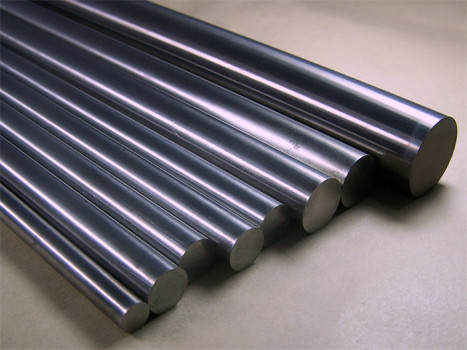
Special Metals are able to produce a variety of molybdenum bars for use in any application. Thanks to the extremely high melting point of molybdenum, which has one of the highest melting points of all known materials, and its extraordinary resistance to weakening or softening at higher temperatures, molybdenum bars are often used in high temperature and high-pressure applications such as furnace components or high-powered electrodes and heating elements.
Originally named after the ancient Greek word for “lead” thanks to its ores mimicking the appearance of a lead ore, molybdenum has been known to materials scientists for hundreds of years, but only became a significant component in industry and engineering since the First World War, when it emerged as a crucial component of armour. Lighter and less dense than its predecessor, tungsten, molybdenum’s incredible heat resistance and good thermal and electrical conductivity ensured a myriad of other uses, and for almost 100 years, molybdenum bars have been at the forefront of engineering and industry.
Molybdenum bars and molybdenum TZM bars are commonly used in the furnace industry to construct heating elements and conductors, radiation screens and sintering trays, and other furnace components. Thinner molybdenum bars are used in electric lighting and as electrodes in the glassmaking industry, while many other molybdenum bars are used to draw out molybdenum wire and as alloy components for specialist steels and other superalloys.
Molybdenum TZM bars exhibit all the strengths and advantages of pure molybdenum, but thanks to their custom titanium-zirconium-molybdenum blend, they have greater creep resistance and higher physical, material strength than pure molybdenum bars do.
